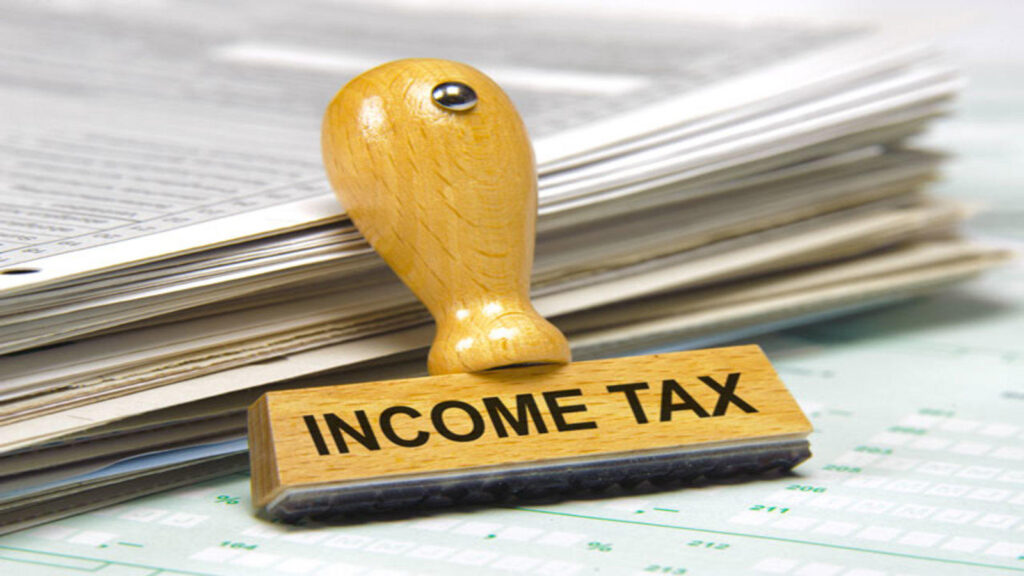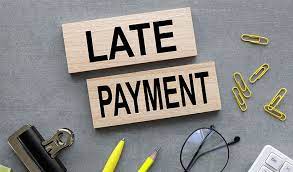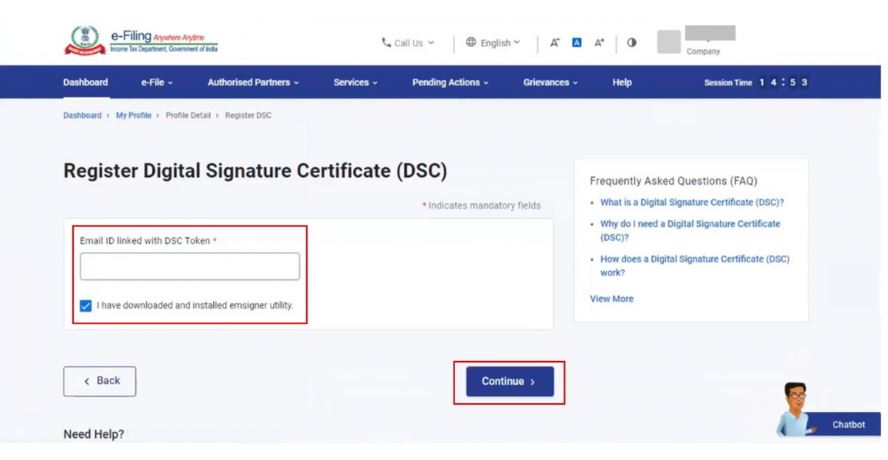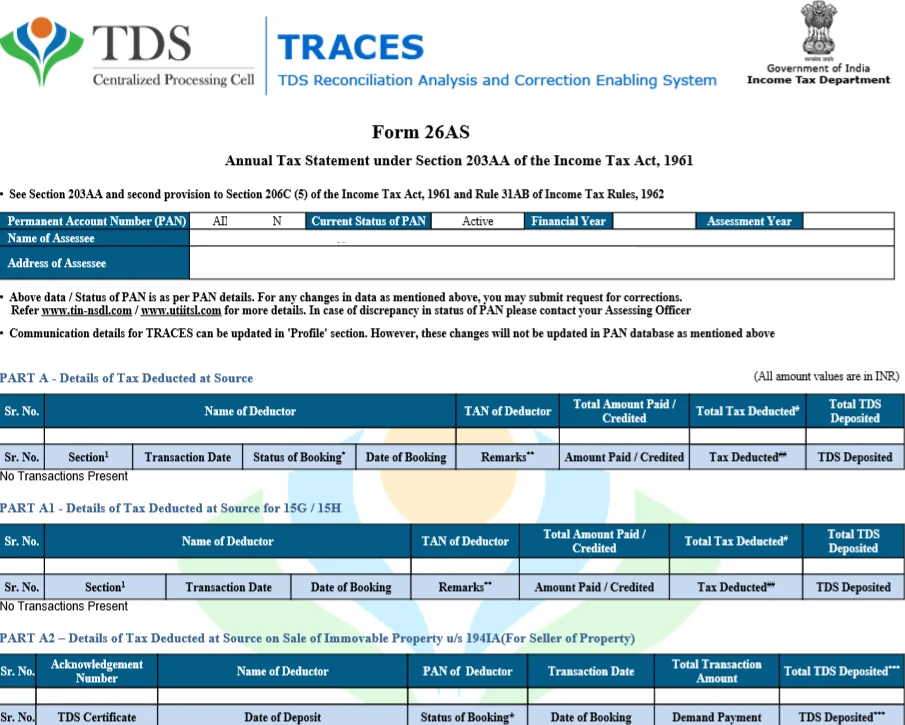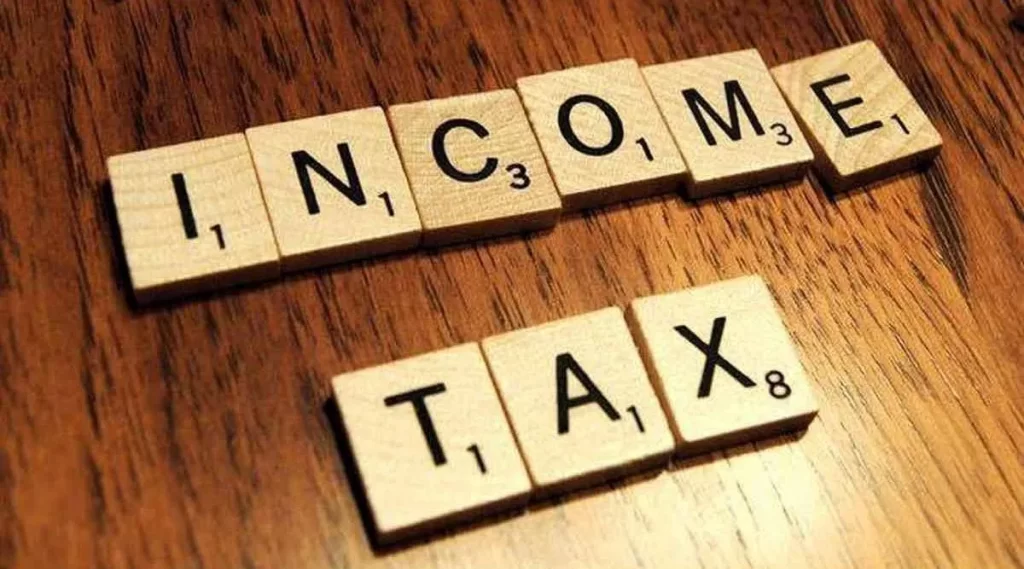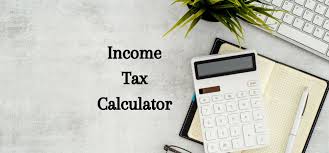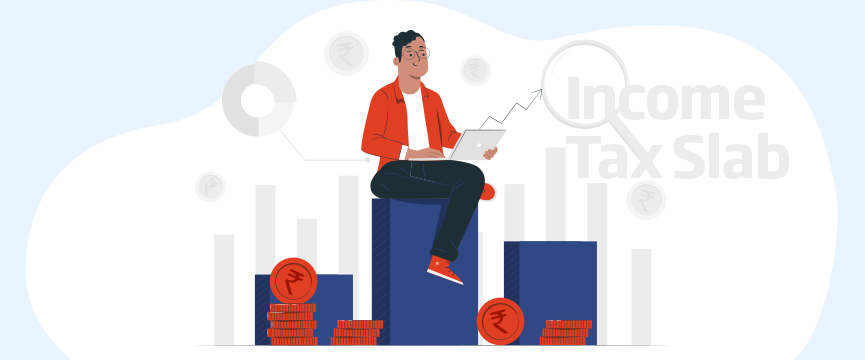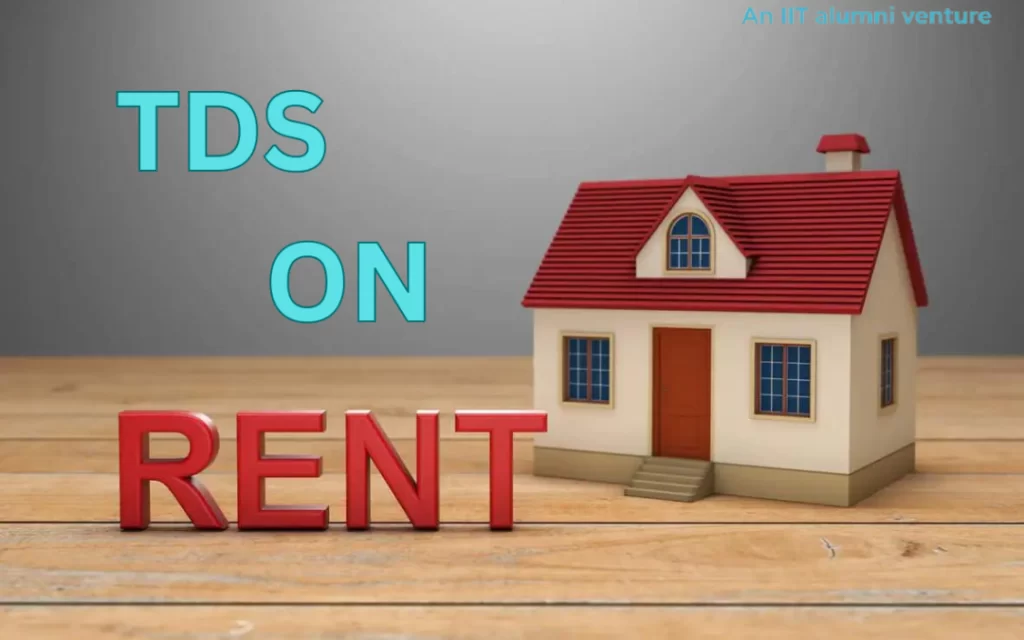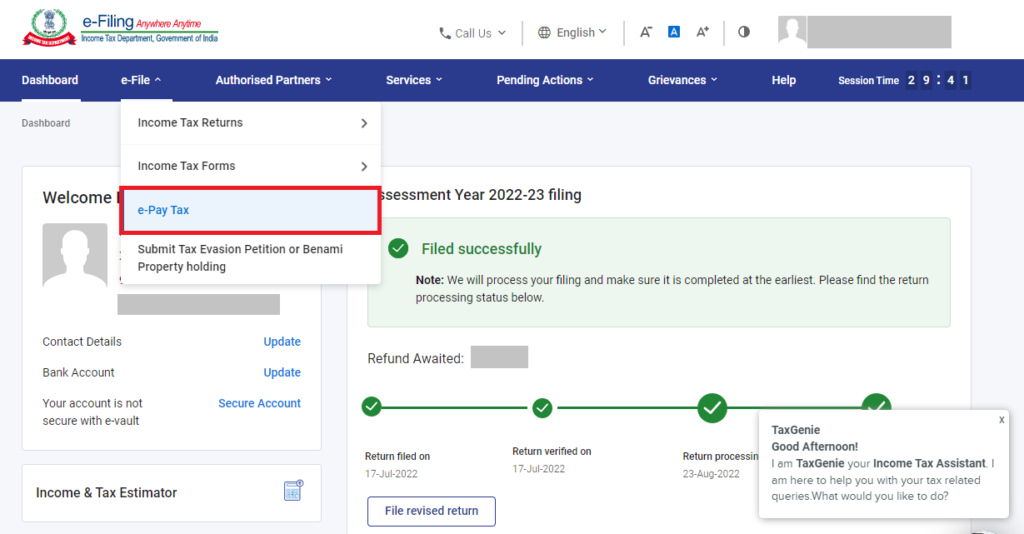Belated Return – how to file income tax return for last years
The deadline to file your income tax returns, there’s no need to panic. You still have the option to file your tax returns after the due date, although with a penalty. This article provides a comprehensive guide on understanding and filing belated returns, ensuring you navigate the process smoothly while avoiding potential financial penalties. What is Belated Return? A belated return is a return filed after the deadline i.e. 31st July of the assessment year but before 31st December of the assessment year. While late filing has consequences, it’s still better than facing potential penalties for non-compliance. The due date to file income tax return for the Financial Year 2023-24 is 31st July 2024. If you miss filing your ITR within the original deadline, then you can file a late return, known as Belated Return. Filing ITR for Previous Year Missed filing ITR for previous year within due date, you can file a belated return on or before 31st December of the relevant assessment year. For Example, for the AY 2024-25, the timeline to file a belated return is on or before 31 December 2024.In case you miss the belated return deadline, then you may file ITR-U in certain specified cases.The amendment vide Finance Act 2021 reduced the timeline of filing the belated return. With effect from AY 2021-22, you can file the belated return three months before the end of the relevant assessment year or before the completion of the assessment, whichever is earlier. What is an ITR-U or Updated ITR? ITR-U is a form that allows taxpayers to correct errors or omissions on their ITRs up to two years from the end of the relevant assessment year to update their return. In the Union Budget 2022, the government introduced the ITR U form for updating income tax returns. ITR U form is a rescue for those who have not filed their ITR or made inaccurate and false entries while filing their income tax returns. Section 139(8A) under the Income Tax Act allows you a chance to update your ITR within two years, i.e., 24 months from the end of the relevant assessment year. These two years are calculated from the end of the year in which the original ITR was filed. For instance, for AY 2023-24, you can file an ITR-U after the end of the assessment year, i.e., 31 March 2024, but within two years from there, i.e., 31 March 2026. File ITR-U. Regardless of whether the taxpayer has filed an original, belated, or revised ITR or has completely missed filing the ITR in a specific financial year, he/she can file an ITR-U upto 2 years of the relevant assessment year. Drawbacks of Filing Late Return The following are the disadvantages of filing a belated return: Interest may be applicable under sections 234A, 234B and 234C. A late fee will be levied under Section 234F while filing a belated return: Gross total income Late fee up to Rs. 2.5 lakh No Penalty Rs. 2.5 lakh – Rs. 5 lakh Rs 1,000 more than Rs. 5 lakh Rs 5,000 If you have incurred losses, like business and capital losses, they cannot be carried forward and set off in the subsequent years. However, an exception is available for losses from house property that can be carried forward even if you file your returns late. Deductions/ Exemptions Disallowed: Deductions/ exemptions u/s 10A, 10B, 80-IA, 80-IB, 80-IC, 80-ID and 80-IE shall not be available if you delay ITR filing. These tax-saving benefits are allowed only if the ITR is filed before the original deadline. Who is Eligible to File Form ITR-U Under Section 139(8A)? Any taxpayer can file an updated return u/s 139 (8A) whether he has furnished/not furnished an original return, revised return, or belated return in case of any omission, error, or wrong statement in his earlier return of income. An Updated Return can be filed if: Return previously not filed Income not reported correctly Wrong heads of income chosen Reduction of carried forward loss Reduction of unabsorbed depreciation Reduction of tax credit u/s 115JB/115JC Wrong rate of tax Who is Not Eligible to File Form ITR U u/s 139 (8A)? If an updated return is already filed If an updated return is the return of loss If an updated return reduces Income Tax Liability in the return filed earlier If the updated return results in an increase of Refund If a search has been initiated under Section 132 If books of Accounts or any other documents are called for by the Income Tax Department under section 132A. If the survey has been conducted under section 133A If any proceeding of assessment, reassessment, re-computation, or revision is pending or completed for that relevant year If the Assessing Officer has information against such person under the Prevention of Money Laundering Act or Black Money (Undisclosed Foreign Income and Asset) and Imposition of Tax Act or Benami Property Transactions Act or Smugglers and Foreign Exchange Manipulators Act and the same has been communicated to the assessee. If the information for the relevant assessment year has been received under an agreement referred to in section 90 or section 90A in respect of such person and the same has been communicated to him prior to the date of furnishing of return under this subsection. Other Notified Persons What is the Time Limit to File Updated Return? The time limit to file an updated return u/s 139 (8A) is 24 months from the end of the relevant assessment year. The updated return of FY 22-23 (AY 2023-24) can be filed till 31st March 2026. For example, Assessment Year Last Date of Updated ITR Filing AY (2021-22) 31 March 2024 AY(2022-23) 31 March 2025 AY(2023-24) 31 March 2026 How to File Belated Returns? Step 1: Log in to your account on the e-filing account Step 2: Click on ‘e-File‘ > Choose ‘Income Tax Returns‘ and > Select ‘File Income Tax Return‘ Step 3: Select the relevant assessment year Step 4: If you select the mode of filing as ‘Online’, follow Steps 5-10. Step 5: Click on the ‘Start new filing’ button Step 6: Select the applicable status
Belated Return – how to file income tax return for last years Read More »
